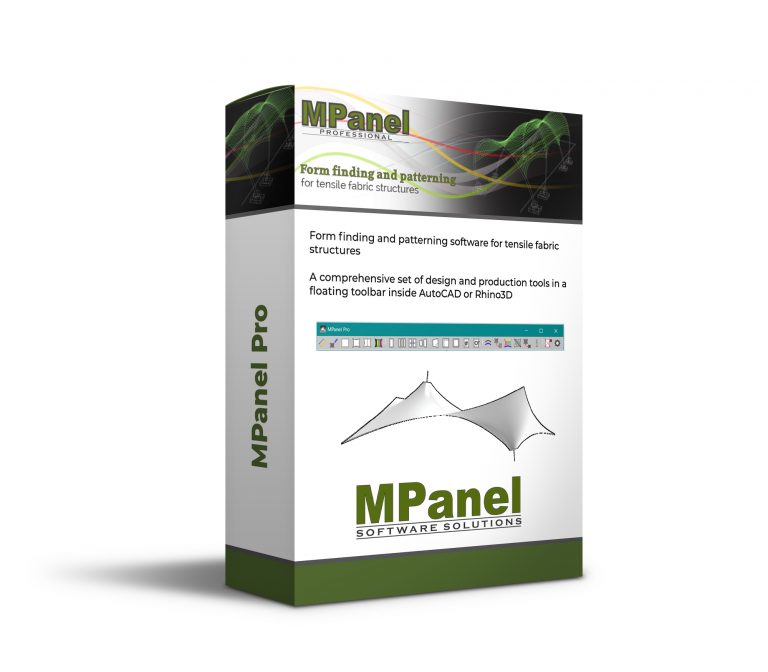Accurate measurements are the backbone of successful 3D to 2D conversion. Pay meticulous attention to every detail and dimension within the 3D model to avoid any discrepancies during the transformation process. Utilize advanced measuring tools and software functionalities to ensure precision. Here are crucial factors you should consider
Factor 1: Material Considerations: Factoring in Material Properties
The choice of material has a significant impact on the final design outcome. As you convert the 3d model to 2d pattern, consider the material’s properties, such as flexibility, stretch, and texture. Accommodating these characteristics will help in creating a flat pattern that faithfully represents the intended design.
Factor 2: Seam Allowances: Incorporating Margins for Assembly
When converting, it is vital to account for seam allowances. Seam allowances are crucial for the assembly process, ensuring that the final product comes together seamlessly. Integrate appropriate margins to facilitate easy and accurate stitching during production.
Factor 3: Complexity Management: Simplify Intricate Designs
Some 3D models may possess intricate complexities that are challenging to translate into flat patterns directly. You can address the issue by breaking down the design into smaller, manageable components. Simplifying the design will make the conversion process more straightforward. It will enhance the overall manufacturability, too. You can consult top design experts.
Factor 4: Maintaining Design Integrity: Getting rid of Loopholes
During the conversion process, strive to maintain the integrity of the original 3D design. Watch out for potential distortions that may arise due to differences in the 3D and 2D realms. Regularly check for discrepancies and refine the pattern as necessary to ensure accurate representation.
Factor 5: Test and Validate: Manufacturing 2D Pattern Prototypes
Before proceeding with full-scale production, create prototypes based on the converted 2D pattern. This step allows for real-world validation of the design and identifies any issues that may have been overlooked during the conversion process. Iterative testing and refinement will yield a flawless final pattern.
Factor 6: Accounting for Tolerances: Incorporating Manufacturing Allowances
In the world of manufacturing, tolerances play a significant role in ensuring that the final product meets quality standards. While converting 3D designs to 2D patterns, factor in manufacturing allowances to account for possible variations during the production process.
Factor 7: Ergonomics and Fit: Ensuring Comfortable Wearability
If the 3D design pertains to wearable items like clothing, considering ergonomics and fit is paramount. The conversion process must cater to the human body’s dimensions and contours to achieve comfortable and well-fitting end products.
Factor 8: Pattern Nesting: Optimizing Material Utilization
Efficient material usage is essential for cost-effective production. Employ advanced pattern nesting techniques to minimize material wastage and maximize the yield from the raw materials.
Factor 9: Process Documentation: Creation of Detailed Records
It is essential to maintain detailed documents. It helps you in focusing on quality control. The document can also be a future reference. You will be in a better position to address technical issues in future.
Factor 10: Flawless Collaboration: Balancing Interests
You must involve various stakeholders for the process. The stakeholders can be designers, investors, engineers, etc. There should be clarity in communication. Collect feedback to improve the process. The efforts should result in the desired design vision.
Factor 11: Scalability and Versatility: A Design for the Future
It is vital to consider the scalability and versatility of the 2D pattern. Account for potential variations and adaptations. The details can be pivotal for future iterations or different product sizes.
Factor 12: Cross-Platform Compatibility: Software Application Adaptability
When working with design software, ensure that the 3D model and the corresponding 2D pattern are compatible across multiple platforms. This cross-platform adaptability ensures seamless collaboration and ease of sharing files.
Factor 13: CAD/CAM Integration: Optimizing the Production Process
Leverage the power of CAD/CAM integration to streamline the production steps. This integration facilitates direct translation of the 2D pattern into manufacturing instructions, reducing manual errors and production time.
Factor 14: Quality Assurance: Revising the Final Pattern
Before finalizing the 3d to 2d pattern software for production, conduct rigorous quality assurance checks. Verify all measurements, alignments, and design elements to guarantee a flawless end product.
Factor 15: Intellectual Property Protection: Securing the Original Designs
If the 3D design holds proprietary value, take measures to protect the intellectual property during the process. Implement appropriate legal measures to safeguard original designs and prevent unauthorized use.
Factor 16: Compliance and Standards: Maintaining Industry Regulations
It is vital to stick to the industry regulations and standards at every stage. Compliance ensures that the final product meets safety, quality, and legal requirements.
Factor 17: Continuous Improvement: Focusing on Iterative Refinement
The process is not a one-time event. Focus on the philosophy of continuous improvement and consistently seek opportunities to refine the process for enhanced efficiency and accuracy.

